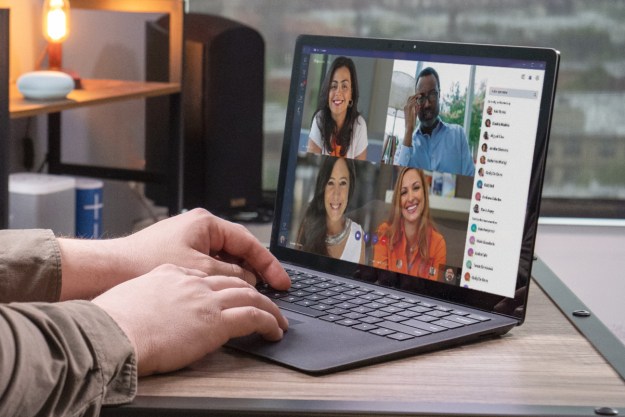Researchers from Microsoft, USC, and the University of Waterloo have collaborated on a project that uses some interesting perception tricks to merge the virtual and physical worlds. By manipulating the way you see your body interact with what you’re seeing via a VR headset, a lone object can be made to seem like many.
To put this in some sort of context, imagine a game where you might want to pick up one of several items. If they were each going to be represented by real-world objects, it would make for a cluttered surface in your living room and a great deal of strain on your computer. But by fooling your brain, one object can stand in for several.
Two techniques are showcased in the video released today by Microsoft Research. The first changes the way the user’s body interacts with its VR environment, warping the user’s virtual arm to create the illusion that the user is reaching for different objects, even though there’s only one item on the table.
The second changes the virtual world around the user, warping it to an intended state while the player looks away from that portion of the environment. The two techniques work best when they’re combined, according to a report from Engadget.
Despite the need for extra hardware like a Kinect sensor to track the user’s hands, it’s easy to see how these techniques could be the start of something very important for VR. And given that Microsoft is focusing on AR rather than VR with its Hololens tech, it will certainly be interesting to see what becomes of this project in the future.
Editors' Recommendations
- Copilot is slowly pushing more AI into your Teams calls and chats
- Grammarly’s new ChatGPT-like AI generator can do a lot more than proofread your writing
- This new malware is targeting Facebook accounts – make sure yours is safe
- Facebook’s new controls offer more customization of your Feed
- New phishing method looks just like the real thing, but it steals your passwords


